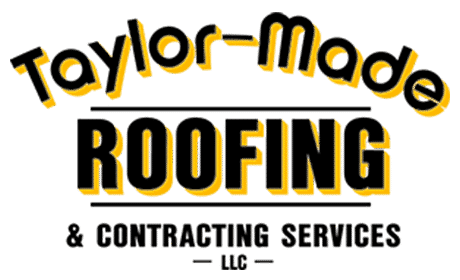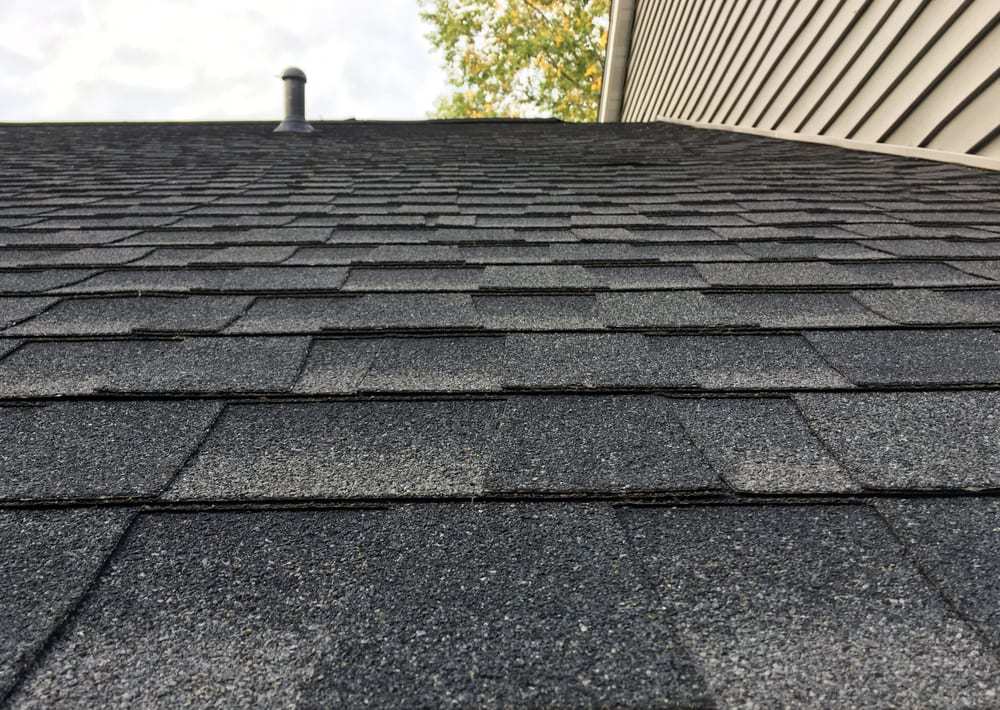Signs that your roof has reached the end of its life are typically fairly obvious: consistent leaks, shingle loss, and mold growth can all point to the need for a new roof. Some homeowners may assume that a roof replacement means completely stripping off the existing roof. However, that’s not always the case. If your roof’s sheathing and shingle structure are both largely intact, some roofers will apply a new layer of roof shingles right over your first layer. This can be a quick, cost-effective option. The question is, how many layers of shingles are allowed on a roof?
How Many Layers of Shingles Are Allowed on a Roof?
Benefits of Adding Multiple Shingle Layers
Most building codes allow up to two layers of organic or fiberglass asphalt shingles. That limit pertains to roofs with up to a 4:12 pitch. When it’s time to replace your roof, there are several factors that might lead your roofing professional to recommend adding shingles on top of your existing layers. One of these major factors is cost savings. Think of it this way: By leaving the existing layer of shingles on your roof, you’ll save on both labor costs and disposal costs. Both of those costs can get high if you’re dealing with multiple types of roofing material for disposal. That adds up to an average savings of about $1,000 less than a full roof tear-off.
Am I a Good Candidate for Re-Roofing?
There are some situations that require a full roof tear-off. As mentioned above, homeowners are legally limited to two layer of roof shingles. Therefore, if you already have two layers, you’ll need a full tear-off. Additionally, if your roof is severely damaged, it likely won’t be able to support the weight of a reroof and will need to be torn off. Ultimately, it’s best to work with a roofing professional to determine if your roof is eligible for re-roofing. If so, you’ll likely save quite a bit of money by leaving your existing roofing system in place beneath a new layer of shingles.
When to Consider Re-Roofing
Roof maintenance is a major part of any homeowner’s responsibility. Although roof maintenance tasks are typically minor and fairly quick, it’s crucial to stay on top of repairs so you don’t get saddled with costly, time-intensive repairs down the line. If you notice any of the following issues, reach out to your roofing professional to schedule a quick repair or a major remodel:
- Buckling, curling, or blistering shingles
- Missing granules on shingles
- Missing or broken shingles
- Damaged, ineffective gutters
- Missing or damaged chimney cap
- Leaks or excess moisture in the attic
- Cracked caulk or rust spots on the flashing
- Rubber flashing boots that are cracked or worn
_____
So how many layers of shingles are allowed on a roof? The short answer: two. For a more thorough explanation, reach out to your roofing professional. Ultimately, it’s not recommended that homeowners complete roofing work on their own. Although this might seem like a way to save a few dollars, untrained homeowners can do serious harm to their roof – or themselves – by using incorrect or irresponsible roofing techniques.
Is it time to upgrade your roof? Taylor-Made Roofing is here to help. As a family-owned company with more than 20 years of experience meeting the roofing needs of those who live and work in southern Missouri, we know how to spot a roof in need of replacement or repair. Whether you’re in need of basic maintenance, a roof repair, or a total replacement, we’re ready to help. Contact Taylor-Made Roofing today to learn more.

